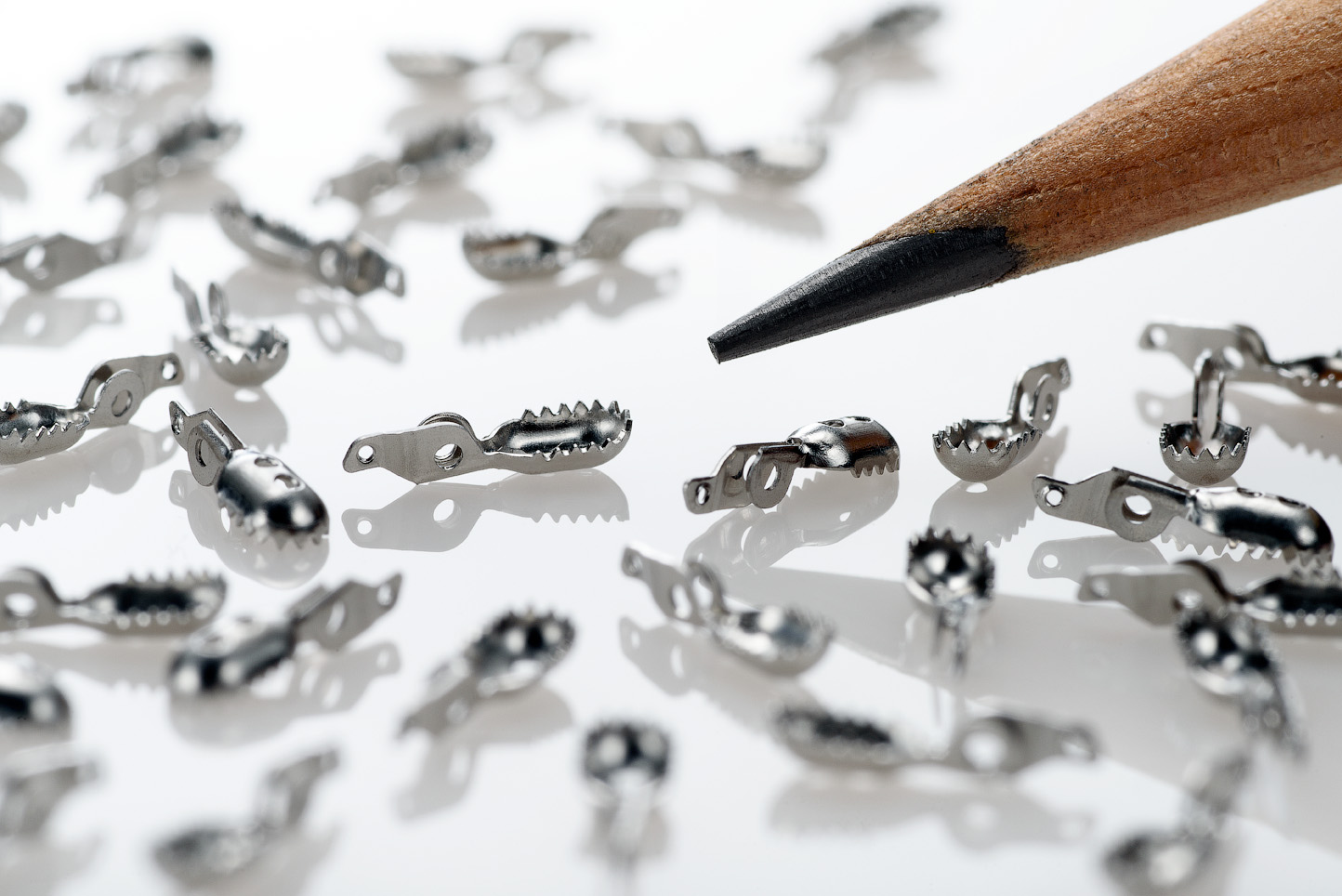
Measuring the Microfinish: How to Quantify Surface Improvements from Electropolishing
Electropolishing is well known for its ability to enhance corrosion resistance, cleanliness, and appearance in stainless steel parts—but how do you prove those improvements? Beyond visual inspection, measuring microfinish and surface chemistry provides the data-driven evidence engineers and quality teams need to validate the process.
In this article, we’ll explore how electropolishing performance is measured, which metrics matter most, and how these data correlate directly to real-world benefits like corrosion resistance, cleanability, and long-term durability.
Understanding Microfinish Parameters
When it comes to surface finish, Ra (roughness average) and RMS (root mean square roughness) are the most common metrics used to evaluate electropolishing results. These parameters quantify the microscopic peaks and valleys on a metal surface that influence how contaminants adhere, how fluids interact, and how corrosion begins.
-
Ra (Roughness Average): The arithmetic average of all height deviations from the mean line. Lower Ra values indicate a smoother, more uniform surface.
-
RMS (Root Mean Square Roughness): A statistical measurement of the average height variations across the surface, calculated using the square root of the mean of squared deviations. RMS values tend to be slightly higher than Ra and are particularly useful for assessing the overall “energy” or texture of a surface.
As-machined stainless steel surfaces typically have Ra values between 32–64 µin (0.8–1.6 µm). After electropolishing, Ra and RMS values often drop dramatically—to the 4–16 µin (0.1–0.4 µm) range, depending on alloy, geometry, and process control.
This measurable reduction in microfinish roughness directly correlates with improved corrosion resistance, easier cleanability, and better performance in critical environments.
Beyond Roughness: The Role of Surface Chemistry
A critical benefit of electropolishing is the modification of surface chemistry. During the electrochemical process, iron atoms are preferentially dissolved, leaving behind a surface enriched in chromium and nickel. This change increases the chromium-to-iron ratio—a key indicator of corrosion resistance.
Using surface analysis tools such as X-ray Photoelectron Spectroscopy (XPS) or Auger Electron Spectroscopy (AES), engineers can measure this elemental balance. A higher chromium/iron ratio correlates with a denser, more protective passive film—one that resists oxidation and pitting even in aggressive environments.
Measuring Reflectivity and Visual Quality
For industries such as medical device manufacturing or semiconductor processing, surface reflectivity also provides insight into microfinish quality. Using gloss meters or spectrophotometers, reflectance can be quantified and compared before and after treatment.
A higher gloss reading or more uniform specular reflection indicates a smoother, more homogeneous surface—attributes that also reduce contamination risk in critical applications.
Verifying Performance: Correlation to Corrosion and Cleanability
While Ra and chemical composition data demonstrate measurable improvement, the ultimate proof lies in performance testing. Common validation methods include:
-
Salt Spray (ASTM B117) or Cyclic Corrosion Tests: Accelerated aging environments that simulate years of exposure to salt and moisture.
-
Copper Sulfate Testing (ASTM A967): Confirms that free iron has been removed and the surface is fully passive.
-
Cleanability and Bioburden Testing: Particularly in medical and food-processing applications, smoother and chemically clean surfaces reduce the likelihood of bacterial adhesion.
These results consistently show that electropolished surfaces resist corrosion and contamination longer than mechanically polished or passivated surfaces alone.
What Increments Matter?
Not all reductions in Ra or RMS yield equal benefits. Research and in-house testing at facilities like New England Electropolishing demonstrate that the most significant improvements occur when Ra is reduced below ~16 µin (0.4 µm). Beyond that threshold, gains in corrosion resistance and cleanability become less pronounced—but aesthetic and particulate-control benefits continue to improve.
This balance is why process optimization and experience matter. Too little removal, and machining artifacts remain. Too much, and critical dimensions could shift.
The Bottom Line
Quantifying electropolishing improvements goes far beyond “looks smoother.” Through roughness data, chemical analysis, and corrosion testing, manufacturers can precisely verify the process’s effectiveness.
Whether you’re validating components for aerospace, semiconductor, or medical use, these measurements prove that electropolishing doesn’t just enhance appearance—it enhances performance.
To learn more about electropolishing methods, performance metrics, and process validation, explore the New England Electropolishing blog for additional resources and case studies.
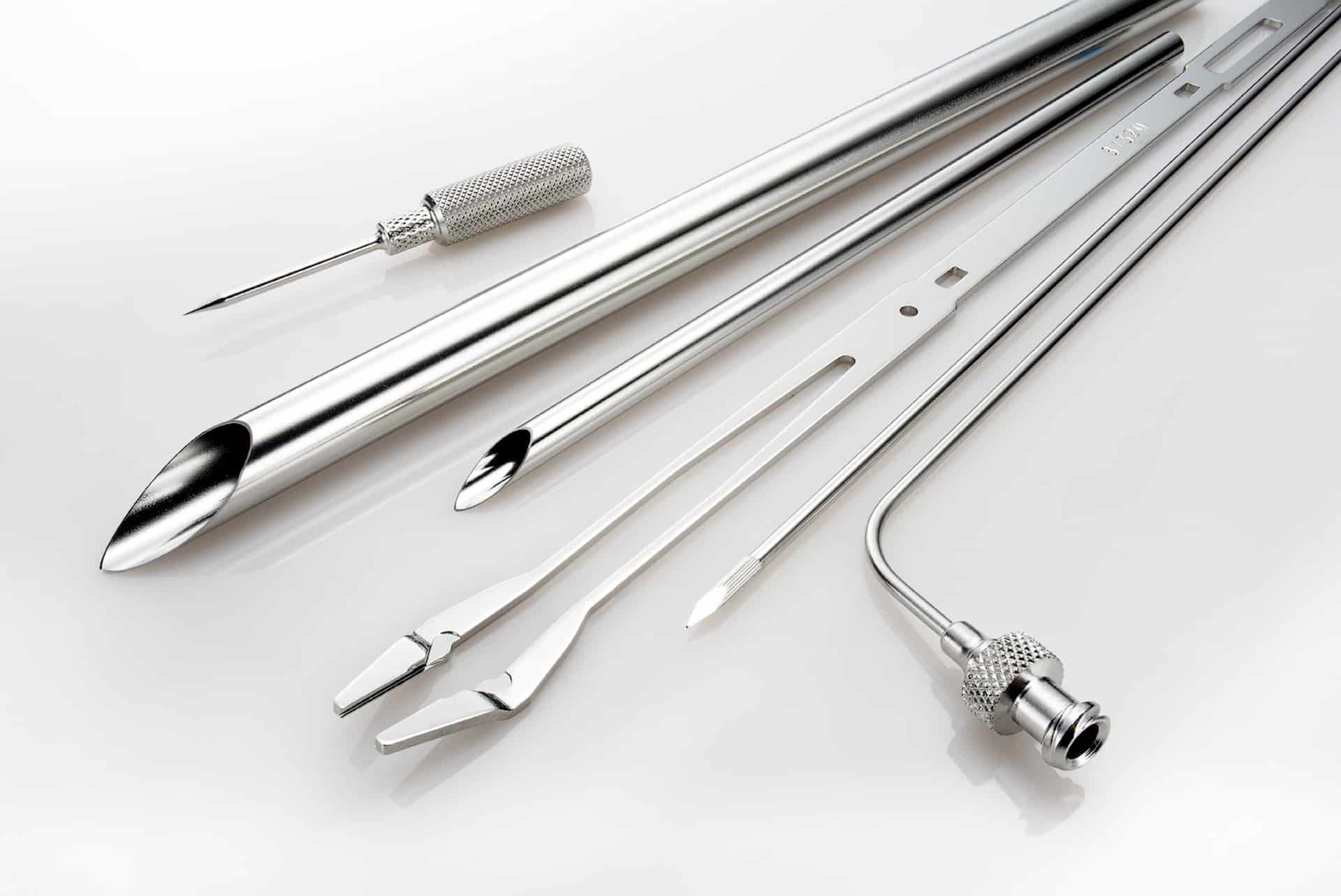
What is Electropolishing?
Electropolishing is an electrochemical and reverse plating process that removes the outer layer of skin on a metal…
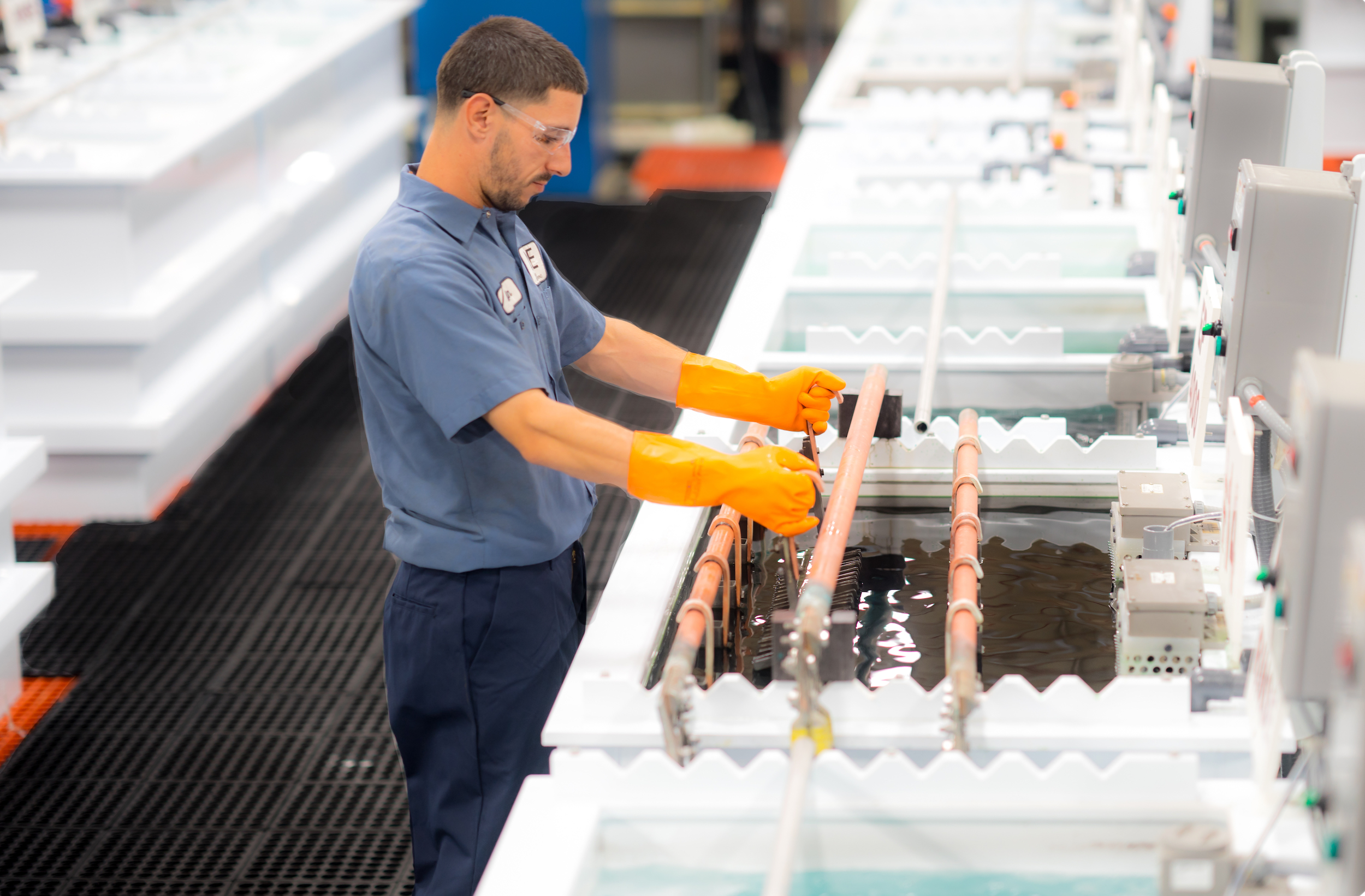
The Electropolishing Process
The electropolishing process is initiated by immersing a metal part into a temperature-controlled bath of electrolyte…
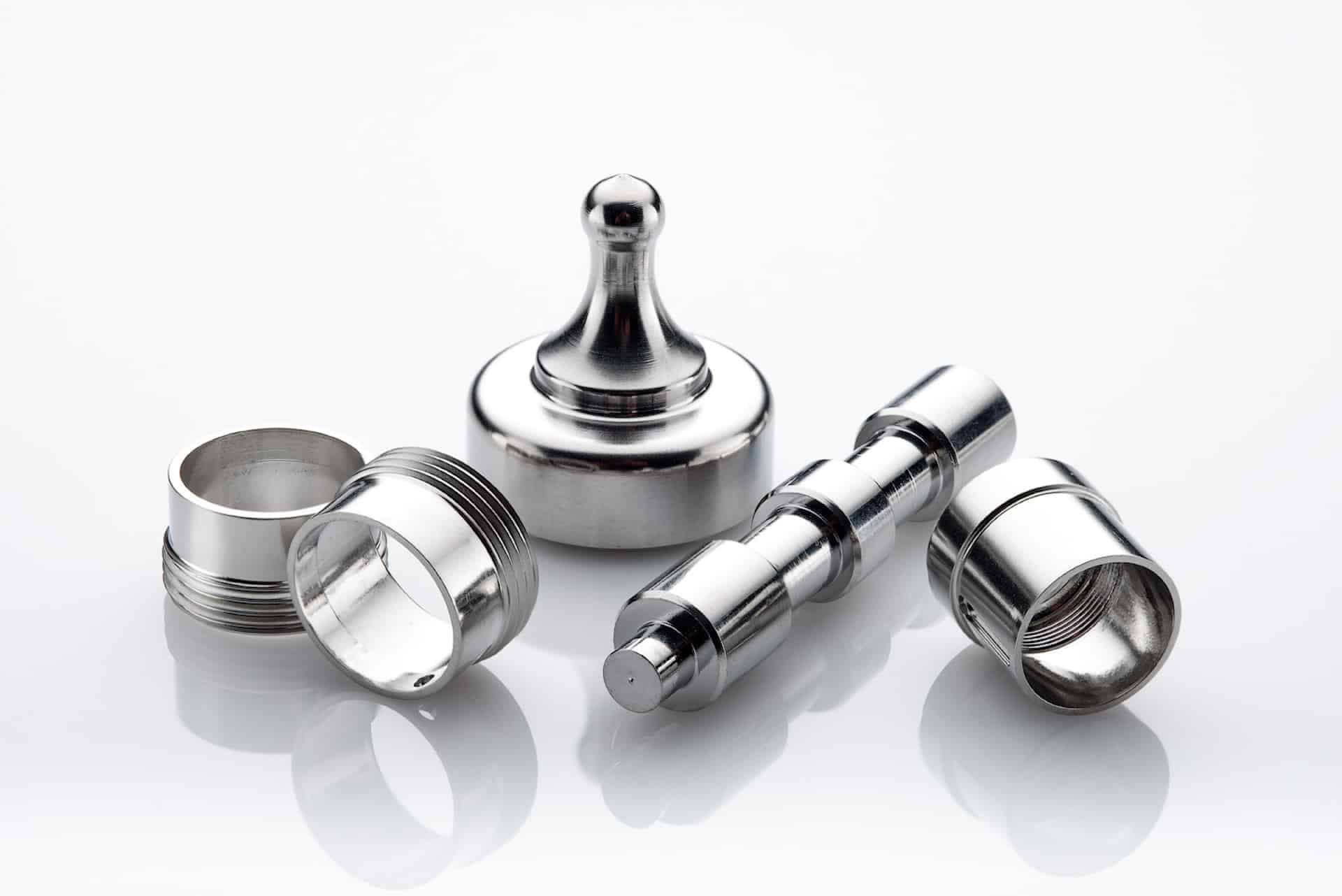
Benefits of Electropolishing
Curious about the benefits of putting your parts through the electropolishing process? Read along below where we…

How Much Material Does Electropolishing Remove?
Electropolishing, when done properly is a highly controllable process which removes as little as…
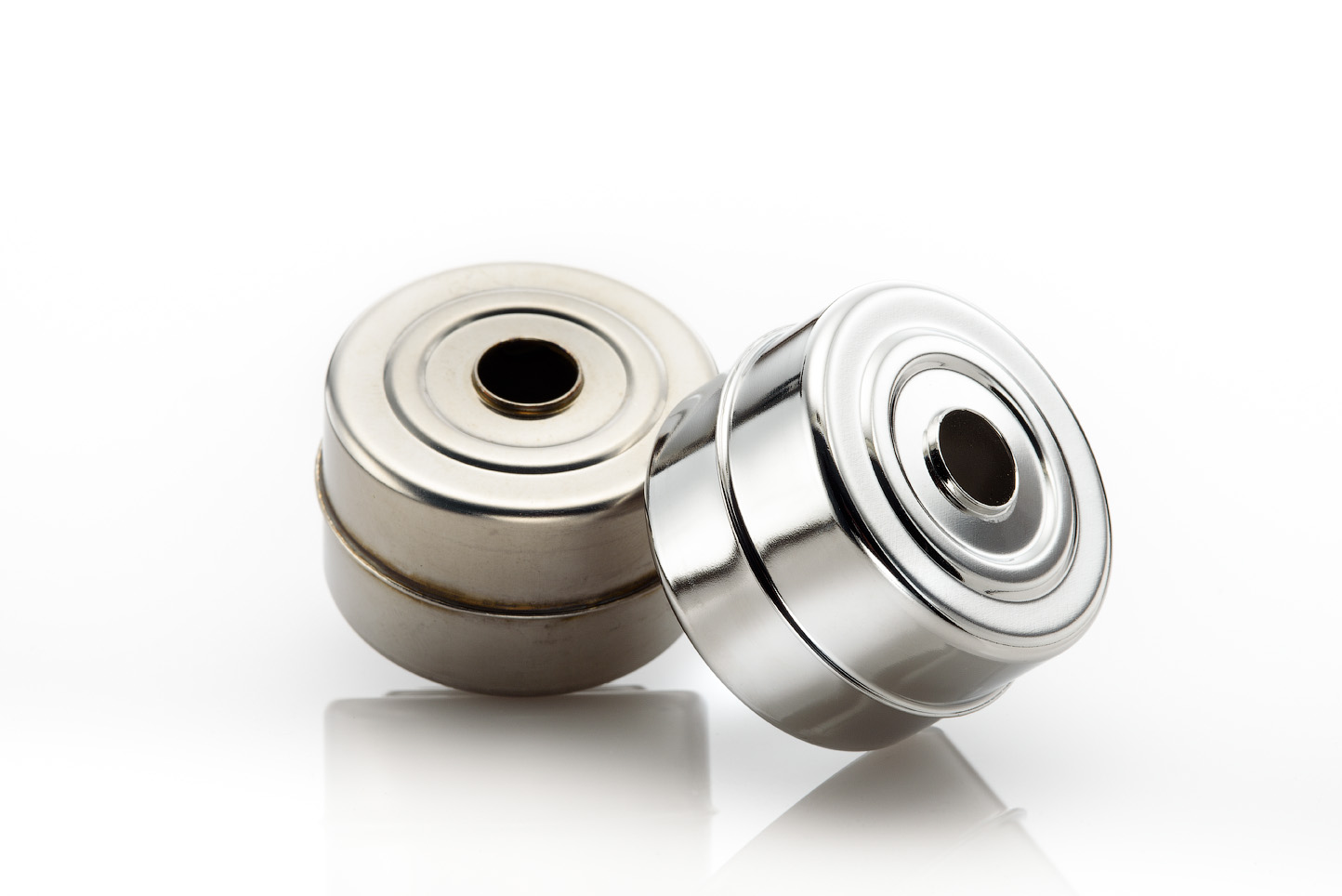
How Much Will Electropolishing Improve the Surface Finish of My Part?
Ra and RMS are both representations of surface roughness. Ra is calculated as the roughness average of a surface’s…
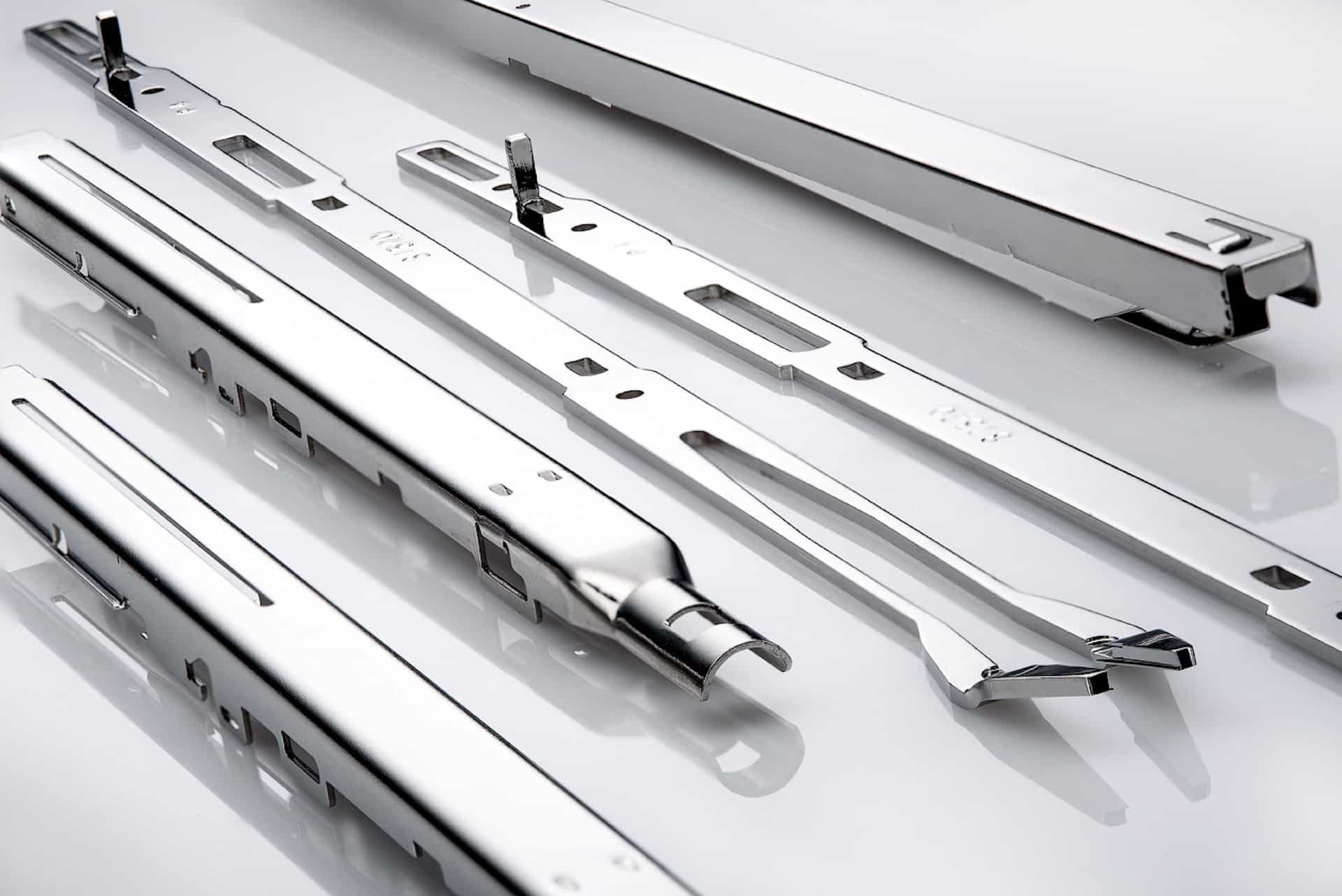
Electropolishing Frequently Asked Questions
Learn the difference between electropolishing and electroplating as well as how the electropolishing process works…
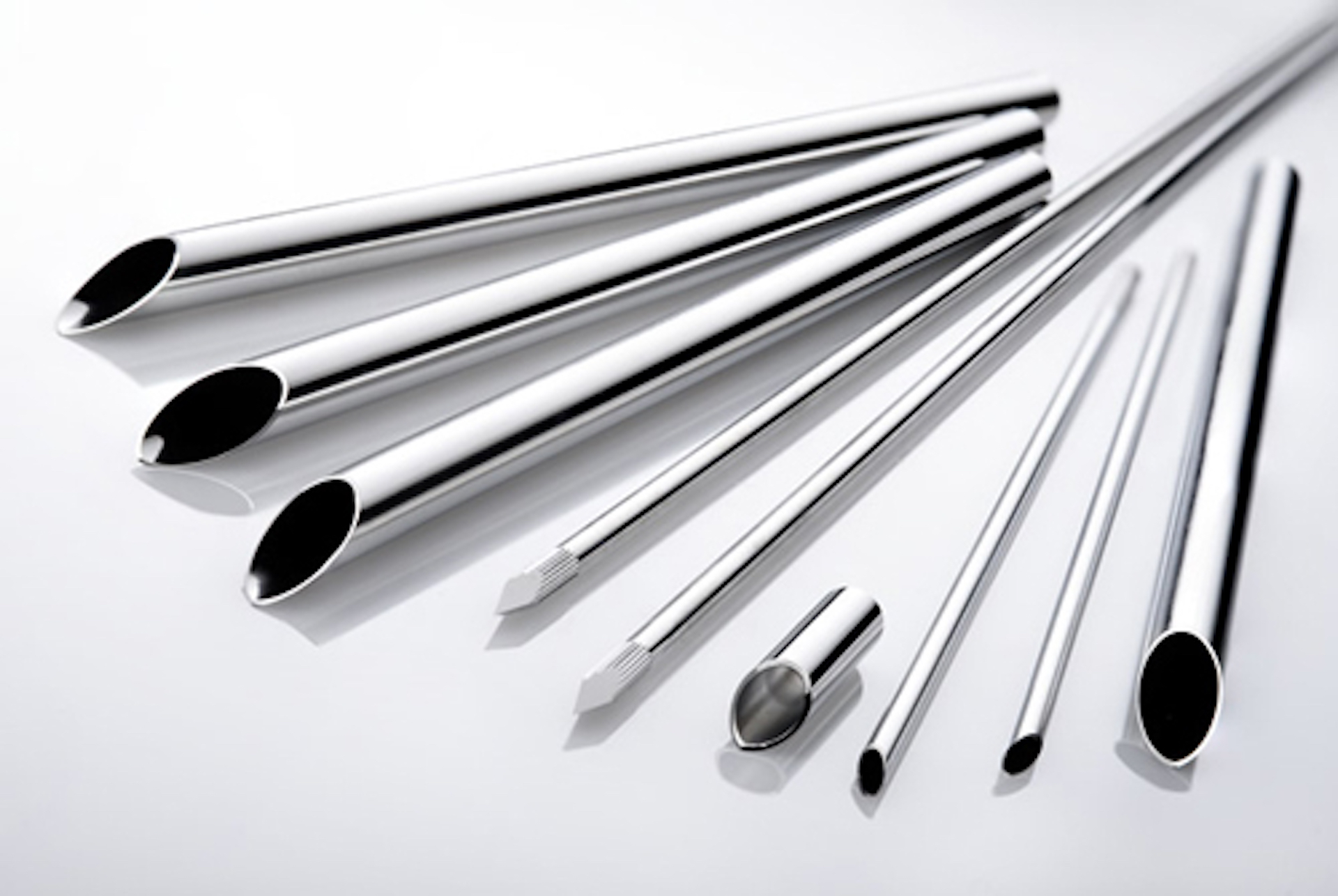
What is ASTM B912?
ASTM B912 is an industry standard for the passivation of stainless steel alloys through electropolishing…
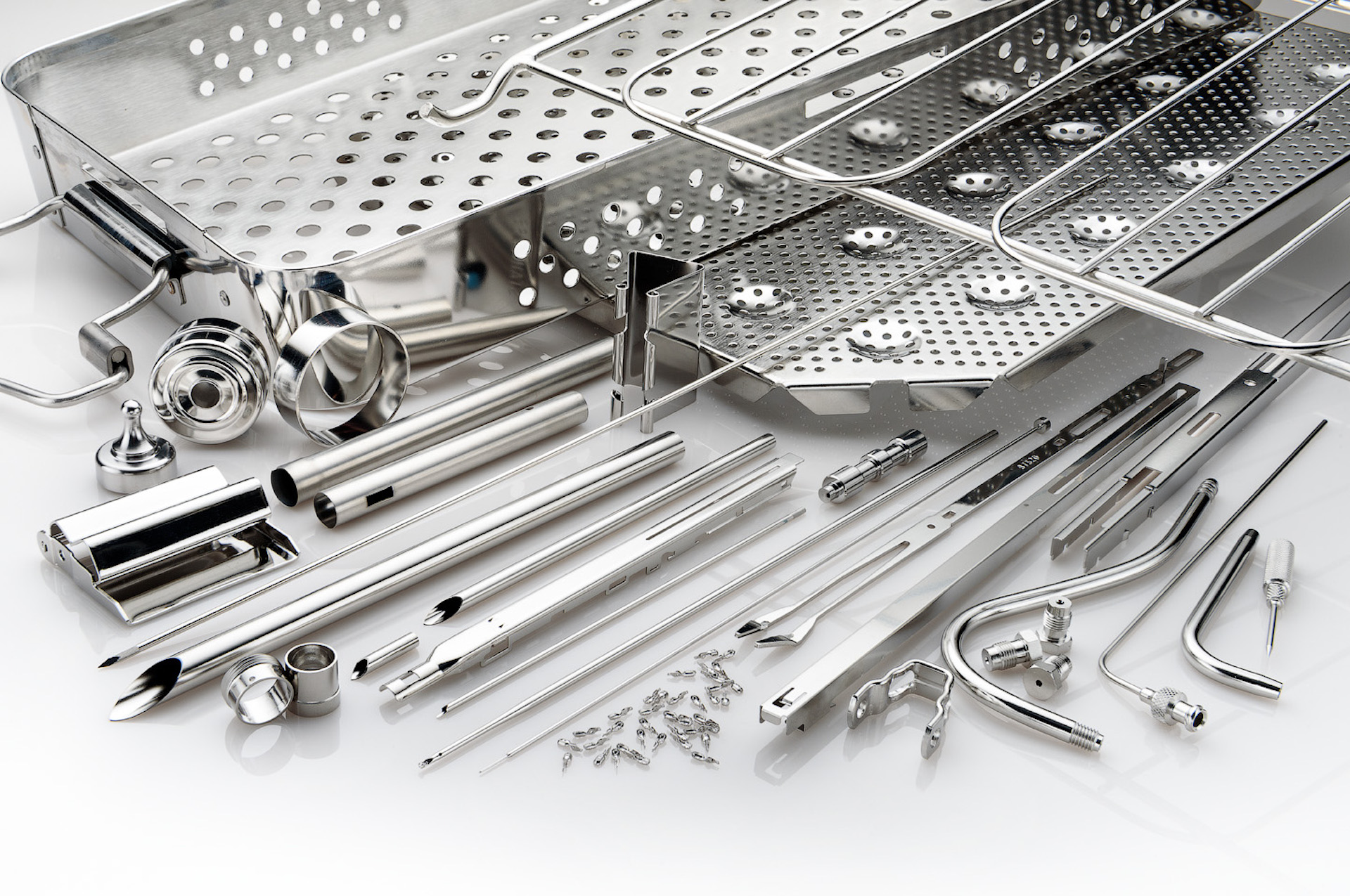
What is ASTM A967?
ASTM A967 is an industry standard specification for the chemical passivation treatments for stainless…
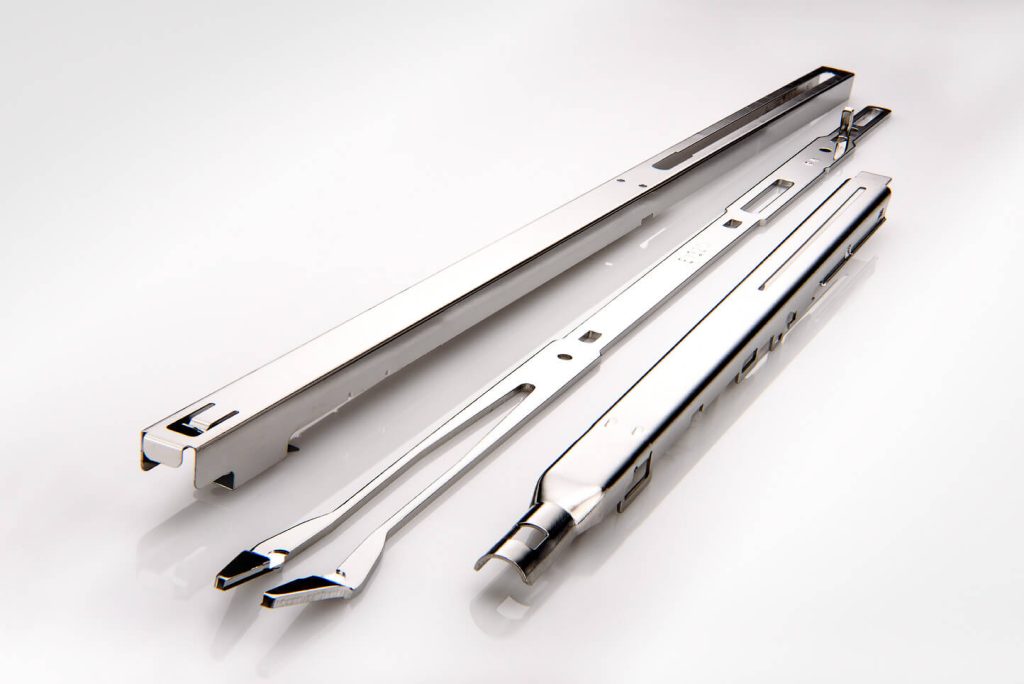
What is ISO 13485?
ISO 13485 is a standard that applies specifically to medical devices. ISO 13485 is designed to be…